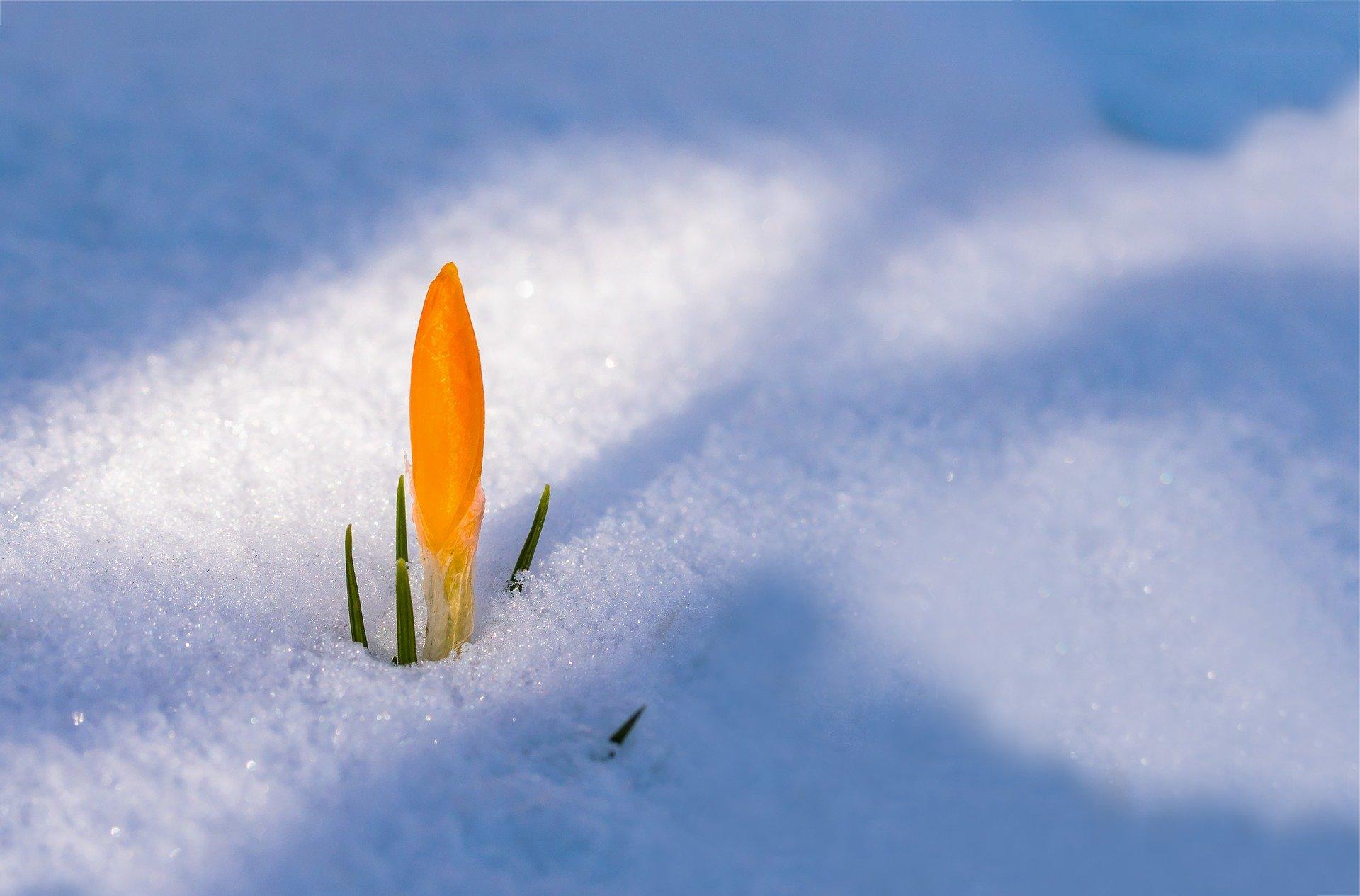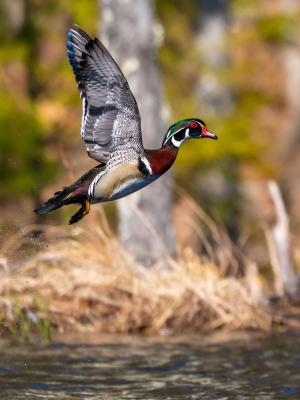- Tags:
- Wildlife,
- Forest Journal

The succession of fleeting transitions in April rival those of October, but in reverse.
April packs three months of change into a mere few weeks. Each week is an entire season unto itself; each day brings new transformations. Spring is a bustling airport of simultaneous arrivals and departures.
Departures are wistful. The last late patches of dirty snow recede in the shade of dark hemlock and spruce forests high in the mountains. Remaining ice cover on lakes and ponds disappears overnight — like a magic trick. The fretful mud season that mired rural roads and suspended school bus routes is now a muddy memory. The intermittent, weather-driven maple season slowed to a few last faint “plinks” of sap into empty sap buckets at the close of the season. All the hallmarks of late winter: ski areas closing, ice-out on lakes and shuttering of sugarhouses happen with little — if any — fanfare.
Farewell, winter. Don’t let the door hit you on the way out.
Arrivals are flashy. The pace of changes is dizzying. Colorful tree buds burst and pollen sifts onto the warm breeze. Golf course fairways and baseball infields turn emerald green — late St. Patrick’s Day. Earthworms turn the soil, attracting flocks of robins hopping over sodden lawns and fields.

Wooded swamps and wet meadows ring with shrill spring peepers, tiny frogs. On warm rainy nights, vivid yellow-spotted salamanders wriggle and black-masked wood frogs leap free of winter confinement buried beneath frozen forest soil.
These two marquee amphibians migrate downslope to temporary vernal pools to breed, lay eggs and quickly and quietly return to the forest.
At twilight, the cryptic-colored woodcocks “peent” and spiral skyward overhead in spectacular aerial courtship displays. Canada geese trumpet from wetlands. Flocks of winter turkeys disbanded.
Toms display for smaller audiences of receptive hens. The morning woods resound with gobbles, drumming woodpeckers and the swelling chorus of birdsongs. New arrivals include waterfowl — cavity-nesting hooded mergansers and wood ducks who survey the woods for hollow trees. Bluebirds are nesting. Robins, song sparrows and phoebes are singing. Redwing blackbirds, starlings and mourning doves scratch through leftover sunflower seed hulls where birdfeeders were removed. Hungry black bears will wreck remaining birdfeeders at night.
Easter rebirth and renewal
On a warm afternoon, you may catch a first whiff of the earthy scent of wet soil or feel the warmth of sunlight on exposed skin. You realize you have only recently traded parka, gloves and wool hat for a T-shirt and ball cap. It’s liberating — like ditching your COVID-era facemask to smile at a stranger.
On warm spring evenings, life is good. Spring seeps into northern latitudes like a rising tide of hope, thawing woods and fields while lifting human spirits and restoring winter-worn psyches. Ever thus in April.
In keeping with Easter religious traditions that celebrate rebirth and renewal, Nature offers pastel pink flowers, falling petals and greening grass as affordable health care, a prescription refilled in April by more exercise, fresh air and new perspective. Community mental wellness is enhanced by the availability of access to natural spaces,
Renewal of life — birds and blossoms — provide solace in times of stress. News of war and suffering in Eastern Europe is heavy. People are wrestling with that weight; and a long sequence of crises — from global pandemic to warfare.
We need quiet forests, the energy of bank-full rivers and wetlands resounding with calls of redwing blackbirds and spring peepers. We need pastoral peace of the New Hampshire landscape of farm fields, lakes and mountains — even if for a temporary respite from world affairs.

The Peace of Wild Things
When despair for the world grows in me
and I wake in the night at the least sound
in fear of what my life and my children’s lives may be,
I go and lie down where the wood drake
rests in his beauty on the water, and the great heron feeds.
I come into the peace of wild things
who do not tax their lives with forethought
of grief. I come into the presence of still water.
And I feel above me the day-blind stars
waiting with their light. For a time
I rest in the grace of the world, and am free.
Wendell Berry, from New Collected Poems (Counterpoint, 2012)
